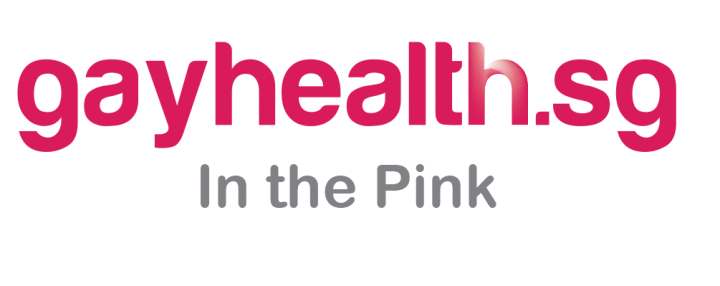The LGBT rights movement is gaining recognition — and allies — across Asia
The spectacle of Coming of Age Day is something most young Japanese look forward to. Dressing to impress is part of the fun — young men wear suits, while women don colorful kimonos.
For Tomo Shimosaka, it was not that simple. “I didn’t want to wear a women’s kimono, and I got so scared as the day approached. It was like a ticking time bomb.”
“I had been lying to myself and my friends for so long,” he said. “I was trying so hard not to cry during the ceremony, because it was the day I started my life as who I really am.”
Unlike most of his friends, Shimosaka attended two ceremonies: one hosted by his city government, and another arranged by a lesbian, gay, bisexual and transgender nonprofit organization. The latter was sponsored by big-name companies such as Gap, Unilever and Google, along with Tokyo’s Setagaya Ward.
Today, the LGBT movement — many activists add a “Q” for queer, or questioning one’s sexual orientation — is emerging as a powerful force across Asia. It is certainly catching the attention of governments and businesses.
Click here
To read the full article



